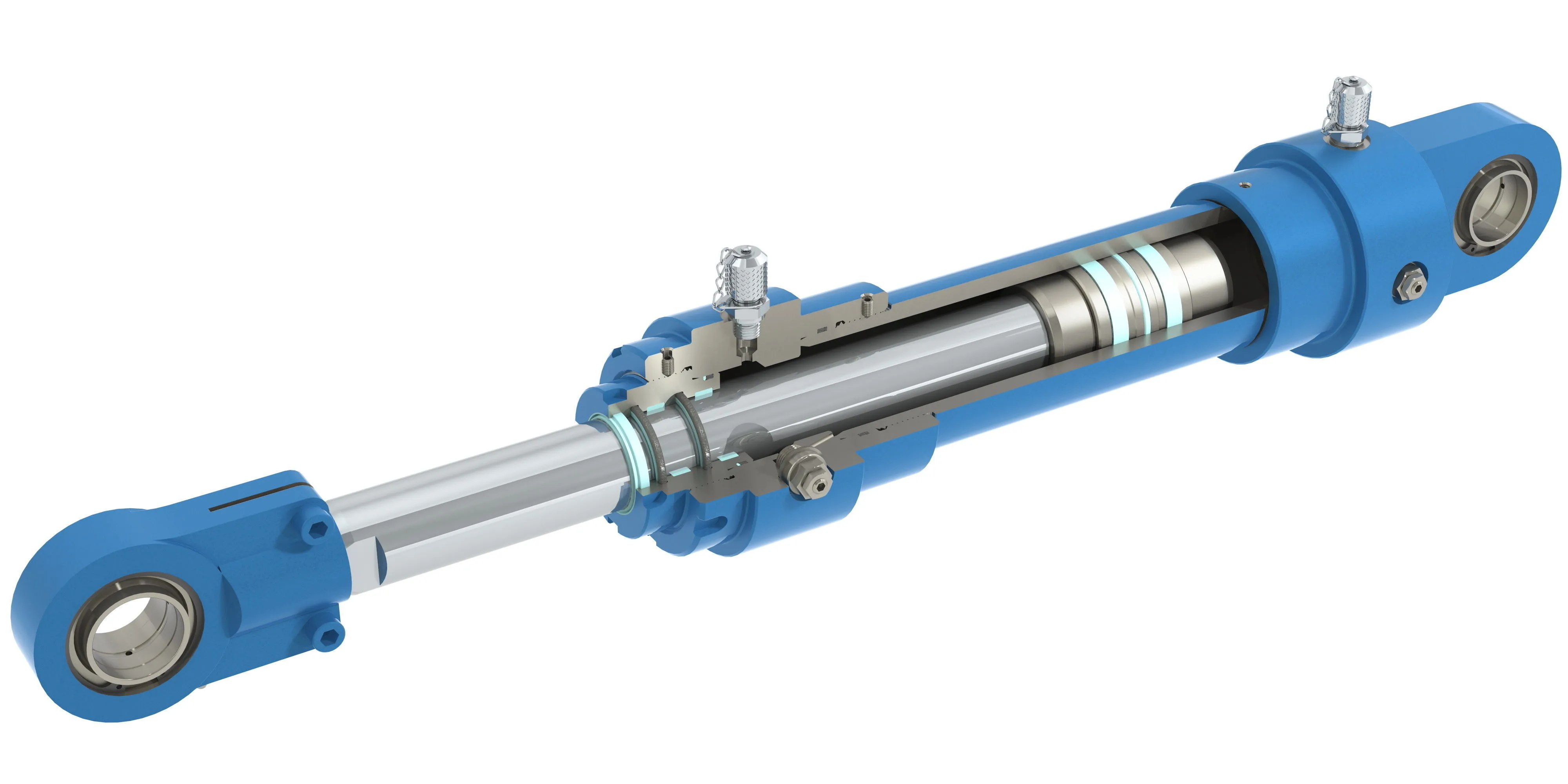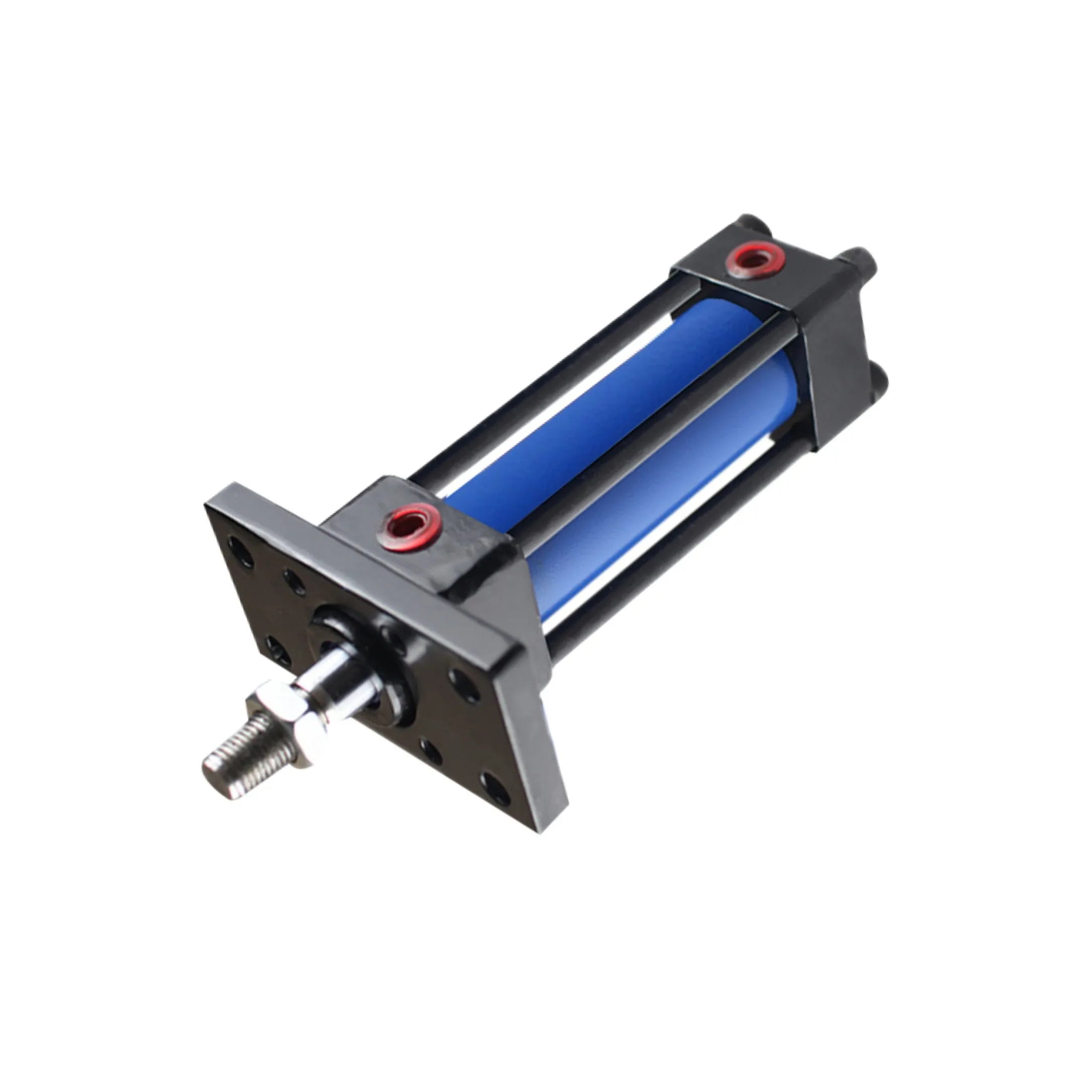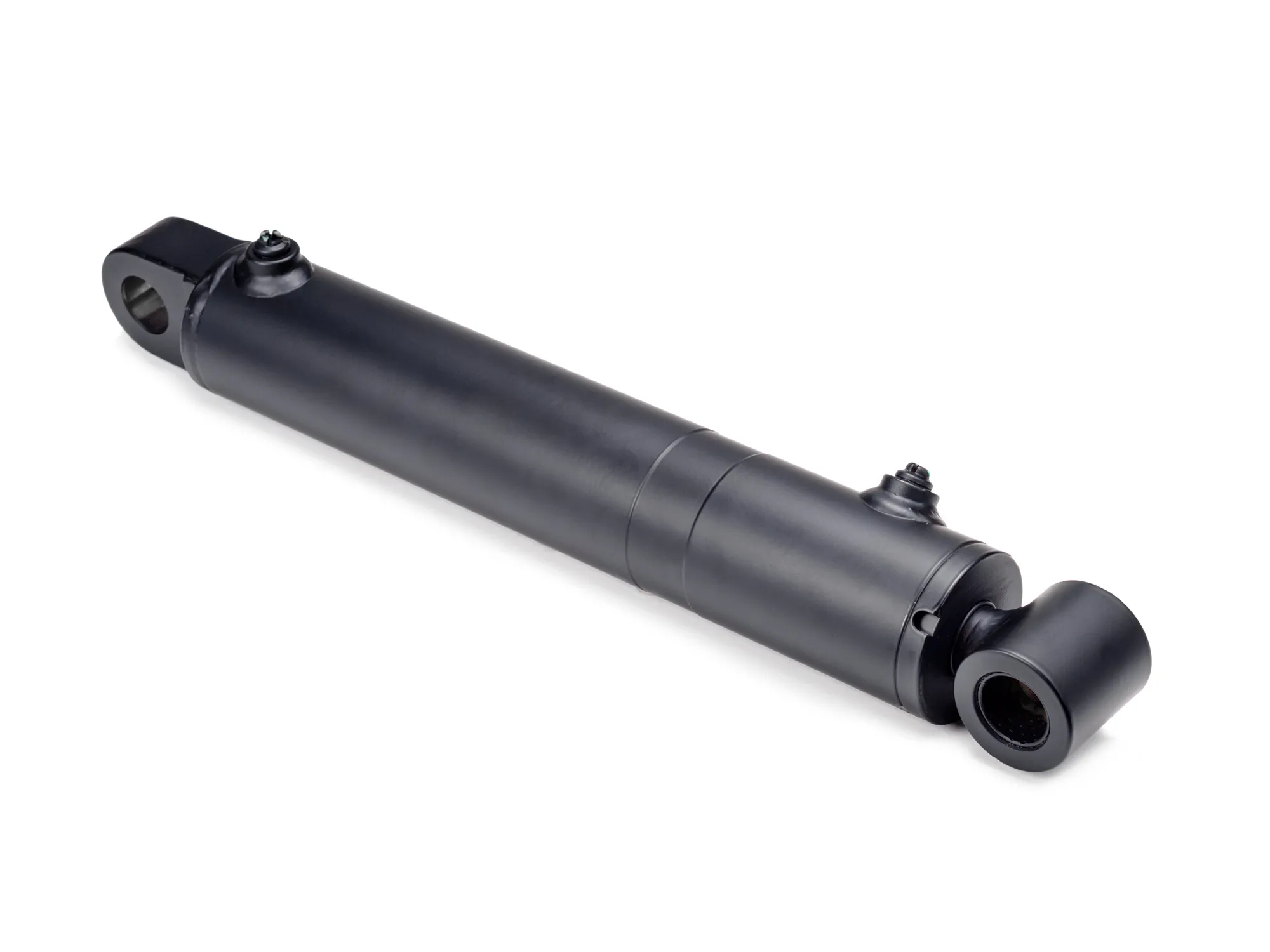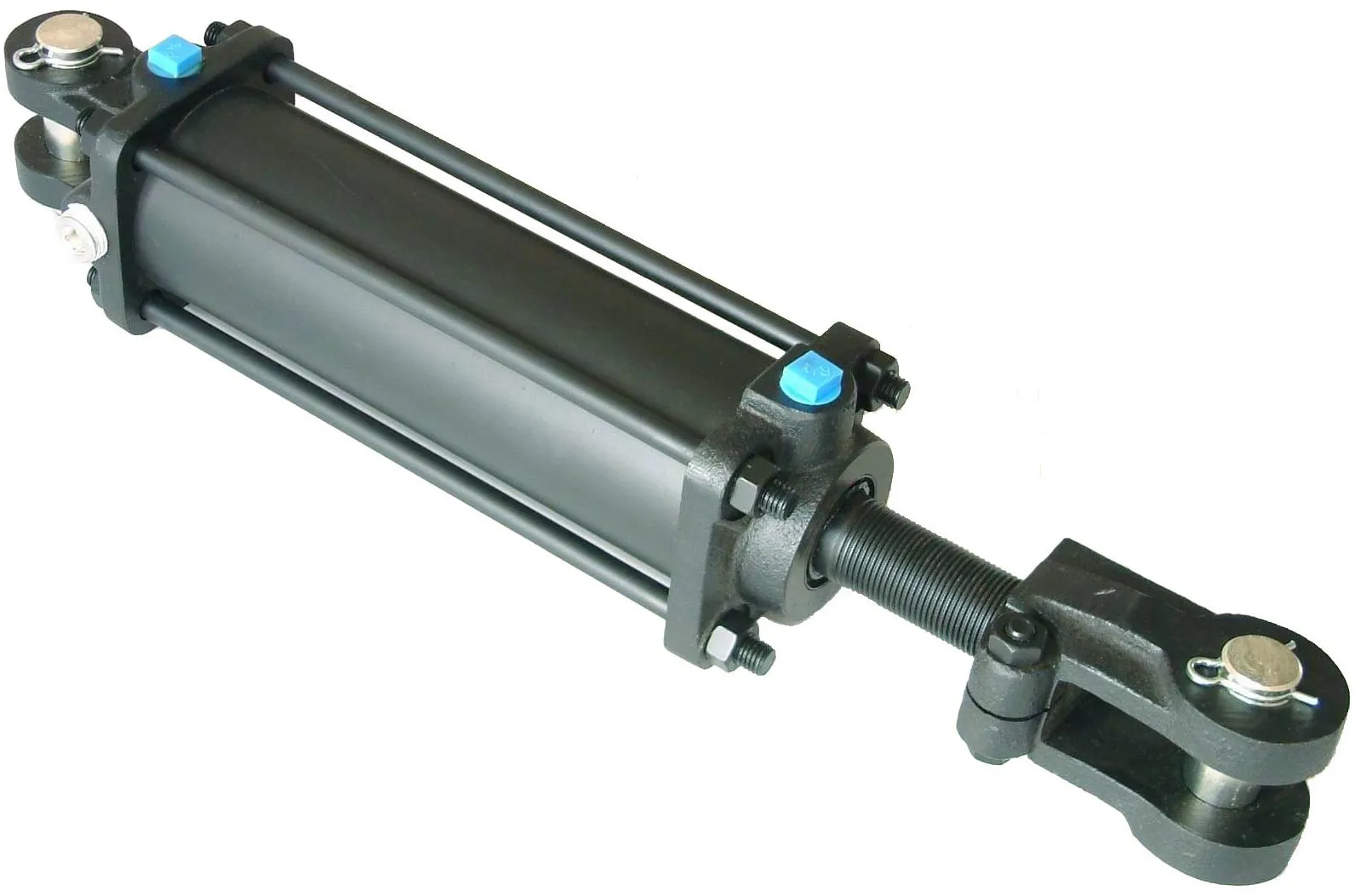Spring-Return Single-Acting Hydraulic Cylinder Design For Safety
Expanded Introduction of Spring-Return Single-Acting Hydraulic Cylinder
Spring-return single-acting hydraulic cylinder is a hydraulic cylinder that uses hydraulic oil to expand the piston. When the pressure is released, the built-in spring automatically retracts the piston.
Design and Construction Characteristics

- Single-acting structure: The hydraulic oil pressure operates in one direction, and the return is dependent on the built-in spring.
- Spring selection: Choosing an appropriate spring ensures quick and complete reset after pressure release.
- Sealing design: High-quality sealing materials prevent oil leakage and ensure system efficiency and safety.
- Strength and durability: Materials like high-strength steel are selected to withstand high pressure and impact.
Construction and Assembly Process
- Assembly precision is crucial, especially in piston and cylinder block coordination to reduce friction.
- Strong welding and mechanical connections are required to prevent oil leakage under pressure.
- Strict testing post-assembly ensures normal operation in real-world scenarios.
Working Principle
When hydraulic oil is pumped into the cylinder, it pushes the piston outward. The spring mechanism retracts the piston when pressure is released.
Types and Configurations
There are three different types of spring-return single-acting hydraulic cylinder configurations, each serving specific purposes.
Key Benefits
- Safety – Automatic reset reduces the risk of accidents.
- Simplicity – Simple design reduces points of failure.
- Cost Effective – Economical compared to double-acting cylinders.
- Flexible operation – Suitable for various applications requiring one-way thrust.

Application Scenarios
- Industrial Machinery – Press
- Automated Assembly Line
- Construction Equipment – Hydraulic Jacks
- Lifting Platform
- Agricultural Equipment – Agricultural Machinery
Design Considerations and Selection Criteria
Design factors like bearing capacity, sealing, durability, safety, and maintainability play a crucial role in the selection process.
Sealing and Lubrication
Using high-quality seals and regular lubrication maintenance ensures optimal performance and longevity of the cylinder.
Regular Inspection and Preventive Maintenance
Implementing regular inspection schedules and preventive maintenance measures enhances the longevity of the hydraulic cylinder.
Correct Installation Guide
Following the correct installation procedures ensures optimal performance and safety of the hydraulic cylinder.
Maintenance Tasks
Regular inspection, proper lubrication, and seal replacement are essential maintenance tasks to ensure the hydraulic cylinder’s longevity.
Safety Considerations and Environmental Factors
Adhering to safety measures and considering environmental factors is crucial when operating hydraulic cylinders.
Unit Power Introduction
Unit power is a critical factor affecting the hydraulic system’s performance, efficiency, and response speed.

Influencing Factors of Spring-Return Single-Acting Unit Power
- Hydraulic System Pressure
- Piston Area
- Spring Characteristics
Advantages of Optimizing Hydraulic Power Unit
Optimizing the power unit of the hydraulic cylinder enhances efficiency, energy savings, and equipment reliability.
Questions and Answers
1. How does the spring mechanism work in a spring-return single-acting hydraulic cylinder?
2. What are the main applications of spring-return single-acting hydraulic cylinders?
3. What are the advantages of using a spring-return design?
Long-Tail Keywords
1. Spring-Return Single-Acting Hydraulic Cylinder Safety
2. Design Considerations for Spring-Return Single-Acting Hydraulic Cylinder
3. Maintenance Tips for Spring-Return Single-Acting Hydraulic Cylinder
Focus on Our Company
We are a leading hydraulic cylinder manufacturer and wholesale distributor, offering a complete product line and customized services to meet various industry needs.
Author: lyl

